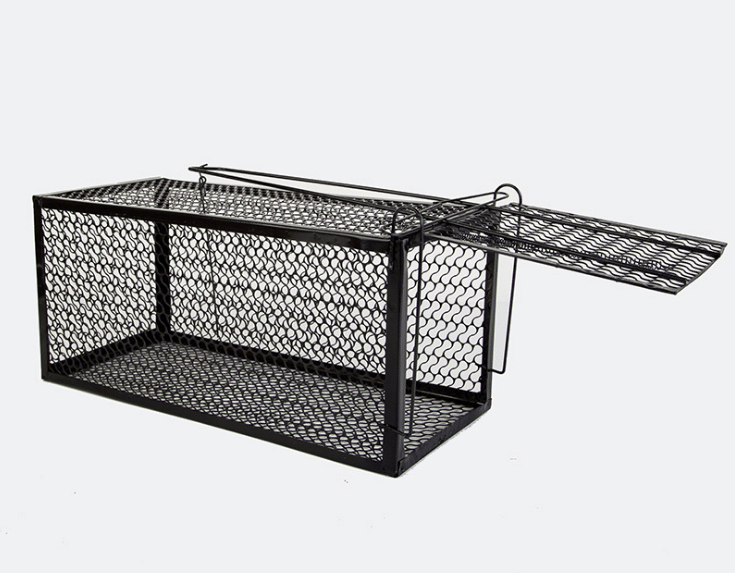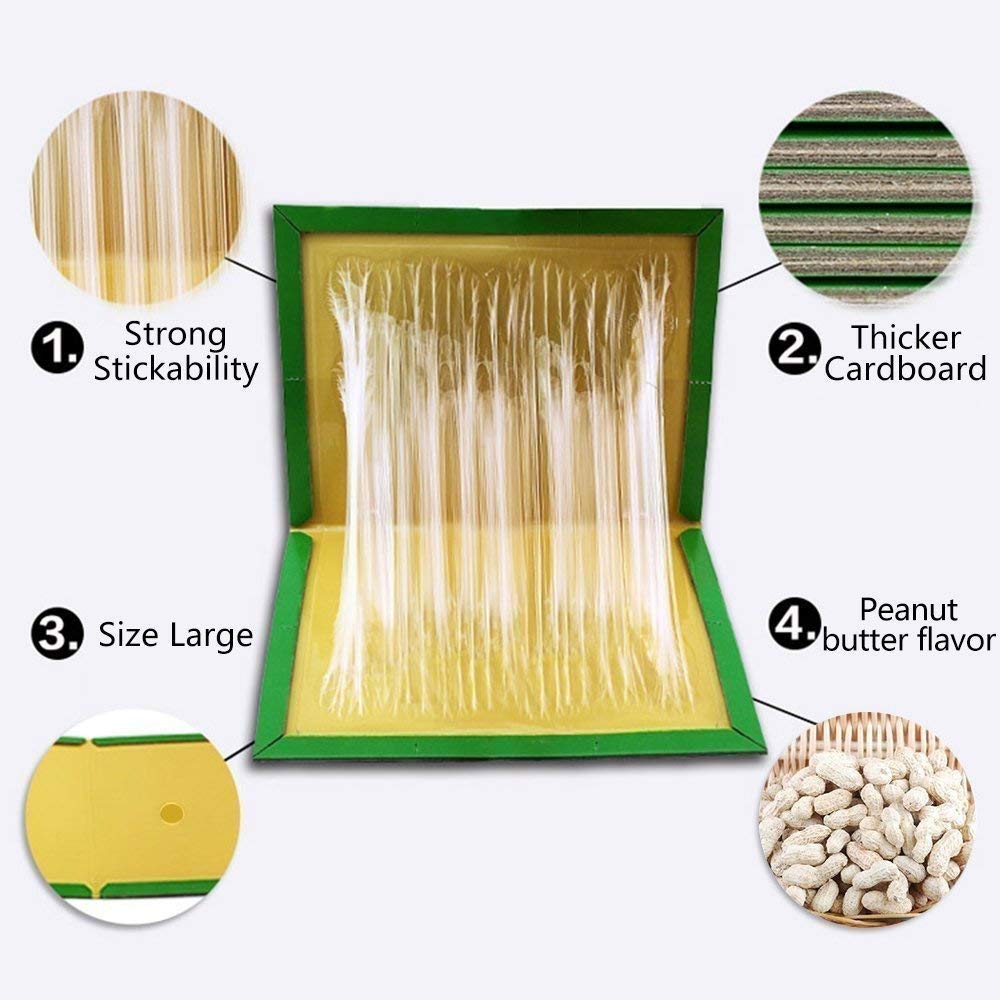Mice are very adaptable. How to catch mice?
On the one hand, they
can be seen to be highly adaptable to various environments from the perspective
of biological evolution; on the other hand, their strain ability can be seen
from the response of rats to unexpected factors.
It has been a long period of gradual adaptation to
environmental conditions that many species with different habits, sizes, and
characteristics appeared. In mammals, rodents have shorter lifespans and faster
generations, leaving them more vulnerable to imprinting. Their relatively
developed nervous system gives them a strong ability to adapt and learns
lessons. In particular, house rats, which have been associated with humans for
a long time, are more capable of using the rudder. Sometimes they are as timid
as mice, and the new things are obvious, but sometimes they are bold and
unscrupulous. House mice are highly vigilant and have more suspicions about
feeding into cages than eating directly on the ground, so it is not easy to
catch mice with cages and cages and requires some skills.

In places where rats are often active, mouse traps are suddenly placed, making it difficult to catch rats.
Rodents, especially domestic rats, have obvious avoidance behaviors on the foreign objects that appear in their habitats. Often, they are just tempted by inexperienced individuals to get hooked, while the treacherous rats will not be easily caught in cages. This situation is more prominent in brown house rats and yellow-breasted rats.
Rats can be hungry for several days. Rats eat more times, digest faster, and have poor tolerance for hunger. It is reported that the mice survived an average of 3.3 days after weaning off the rat diet, and the yellow-breasted mice survived an average of 4 days. Therefore, cut off the water before the rodent killing, the rat food is 2-3 days, make the rats hungry and choose to eat, and then put the poison bait, often can get twice the result with half the effort.

How to catch more mice?
Since the brown house rat and yellow-breasted rat have fear-avoidance behaviors
on the rat-popping equipment placed in the environment, we can first let the
squirrel-cage squirrel hold only the bait, and let it adapt for several days
(3-5 days), and then Get out of the office, at this point the rat-catching
effect is better. The first is the location, which should be placed in the
place where the rats often move for food, on the road or near the hole of the
rat (but do not block the hole with the bait). For this reason, the sticky
mouse board is the same as the key position of poison bait. According to the
activity habits of the mouse species, the wall should be placed against the
corner and the side of the wall. Pay special attention to the house mouse under
the furniture and the brown house mouse to the outdoor humidity Dirty and messy
places; the key point is to find the right way of the rat, mainly the way it
often leads to food and water.

The relationship between
the number of rodenticides and the pick-up speed of rodents
The rate of picking up rodents after rodent killing depends
entirely on the absolute number of rodents left.
It can be restored to the original level within a month;
It can take more than 7 months to recover; if it kills more than 90% at one time,
it will take 14 months to return to its original level.
Key measures for rodent elimination, blocking of holes, wiping seams, hardening, and padding to prevent rats from entering the room.
Rats have mutual
channeling characteristics. Rats in the wild will enter the room through holes,
holes, pipes, door slits, and sewers, and between floors. It also moves up and
down through the vertical pipe. Therefore, it is necessary to take measures
such as wiping seams, plugging holes, and hardening pads to control the rat
from entering.
• ① The gap between the
door of the food operation room and the food warehouse is less than or equal to
0.6 cm, and the iron bag door (height 20 cm);
• ② The outlet of the sewer
should be equipped with a metal mesh cover;
• ③ The pipes and holes are
sealed with cement;
• ④ Ventilation openings in
warehouses, food processing and canteen kitchen operation rooms should be
equipped with net cover;
• ⑤ Trash bins and grain
are sealed and covered;
• ⑥ The warehouse stack
should be away from the wall and 30 cm high.



